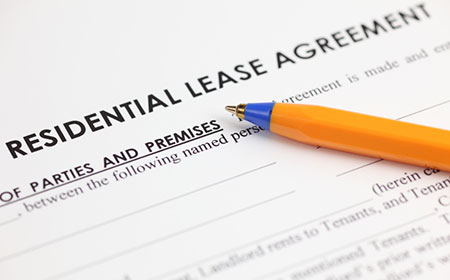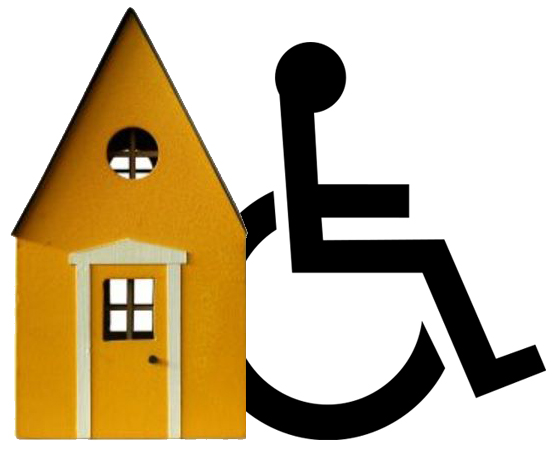We recently talked about the importance of providing a move out checklist for your tenant, and how much easier it’ll make the process for the both of you. Once your tenant is all moved out and the property is empty, the next step on your agenda is to conduct the walk-through.
The walk-through is a very important step in the process because it allows you to assess the condition that your property was left in and determine what your previous tenant is liable for. When conducting the walk-through, you should take a record of what damages and/or issues the tenant may have noticed when first moving in, a report of any maintenance problems they may have had while living there, and the move-out checklist that they completed for you. You may want to consider making a chart where you can document all of these things so as to avoid having to be going back and forth.
The first thing you should pay attention to when doing the walk-through is whether or not your previous tenant did everything that they were responsible for. Look at the checklist and make sure that everything on it is done, because are the things that your tenant was held fully liable for. If something hasn’t been done, make note of it so that you can see if it will need to come out of their security deposit or if you will need to charge them additional for it.
Once you’ve determined what the tenant is still responsible for, look at reports of existing issues, and maintenance problems that may have come up while your tenant was living there. This way, you’ll be able to see if any problems still exist and if repairs held up well. You can then determine was needs to be fixed or replaced before the next tenant moves in.


 ay that you would expect an honest and detailed reference letter from a possible tenant, you should always be willing to provide your tenants with a reference once they move out. When you’re writing the reference letter, talk about anything that you feel is relevant and valuable to the next landlord. Mention how well your tenant took care of the property, if they paid rent on time, etc. Maybe you want to provide a number where the landlord can reach you at in case they have other questions.
ay that you would expect an honest and detailed reference letter from a possible tenant, you should always be willing to provide your tenants with a reference once they move out. When you’re writing the reference letter, talk about anything that you feel is relevant and valuable to the next landlord. Mention how well your tenant took care of the property, if they paid rent on time, etc. Maybe you want to provide a number where the landlord can reach you at in case they have other questions.

